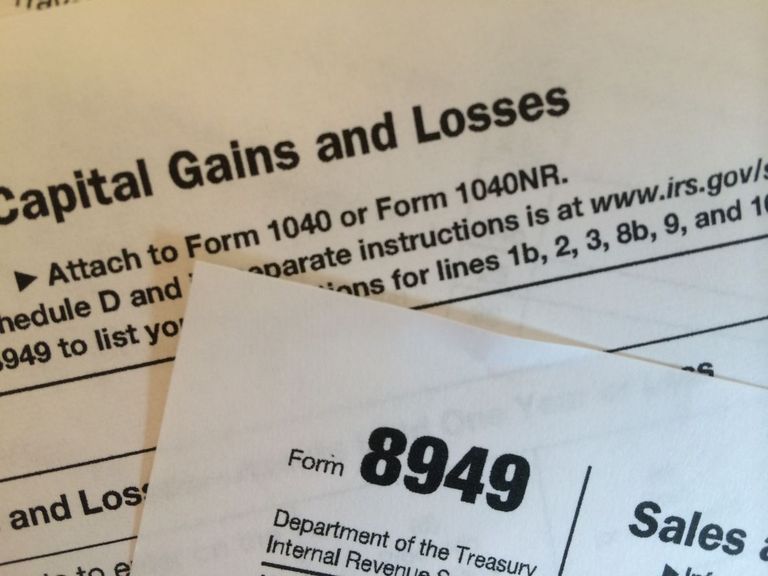As 2016 starts to wrap up, mutual funds will begin paying capital gains accumulated throughout the year. For tax-deferred accounts such as IRA and 401k accounts, these gains will continue to be tax deferred unless a distribution from the account is made.
If you have a brokerage or non-retirement investment account, capital gains are taxable in the year you received them. The custodian of your account will send you a Form 1099 composite statement around February of the next year. This statement will show your total capital gain distributions, ordinary dividends, qualified dividends, cost basis and other important income information. In brokerage or non-retirement accounts you are not taxed on your principal (also known as “cost basis”), you are only taxed on earnings. Capital gains distributions can either be classified as short term or long term. If the mutual fund held the securities for a year or less, they are considered short-term capital gain distributions and are taxed at ordinary income tax rates. If the mutual fund held the securities for longer than a year, the distributions are taxed at preferential long-term capital gains rate. Most taxpayers pay lower tax rates on investment income than they do on earned income like wages. If you are in the 10% or 15% tax bracket you will not pay any capital gains taxes on securities held over a year. However if your income is high enough you may pay a 20% tax rate on net capital gains. Capital gains are offset by capital losses, leaving you with a net gain to be taxed on, or a net loss you can use to reduce your tax bill. You can use up to $3,000 every year in losses to reduce your income on the first page of your 1040 Federal tax return. Any losses larger than $3,000 can carry forward and be used in future tax years.
If you have losses on any mutual funds in your portfolio it may make sense to sell the fund and realize those losses to help offset gains. Just be aware of the IRS wash sale rules on purchasing the same investment again within a specific time frame after you sold it for a loss. Investors can either have their capital gains paid in cash or reinvested automatically. If you have capital gains distributions paid to cash it may be helpful to use those funds to rebalance your portfolio to buy asset classes that are underweight. Or you might take the cash and consider an IRA contribution to get a tax deduction. If capital gains are reinvested it may cause the fund to become overweight in your portfolio. Every time your reinvest your capital gains you increase your cost basis in the fund.
If you are interested in the amount of capital gains your mutual fund might pay out you can go to the mutual fund’s website for estimates or contact your financial advisor. Some mutual fund companies are expected to release only one estimate while other companies may update their estimates a few times as more information becomes known.


